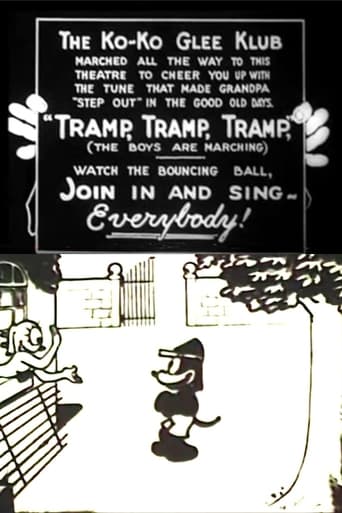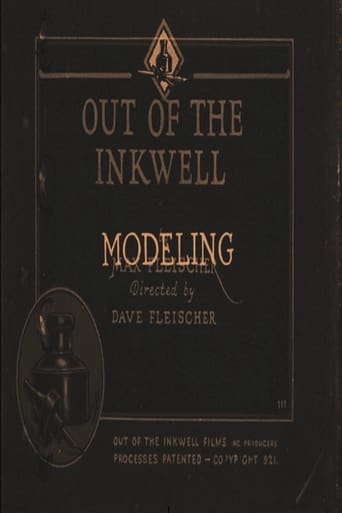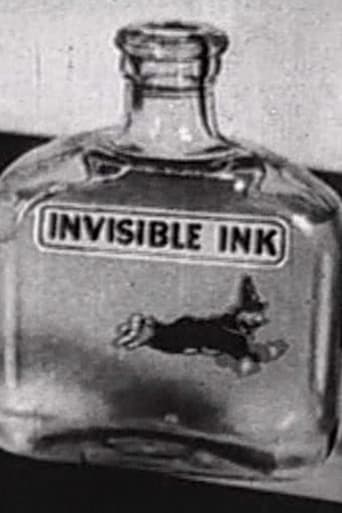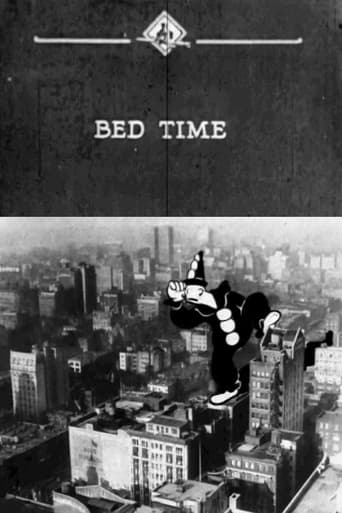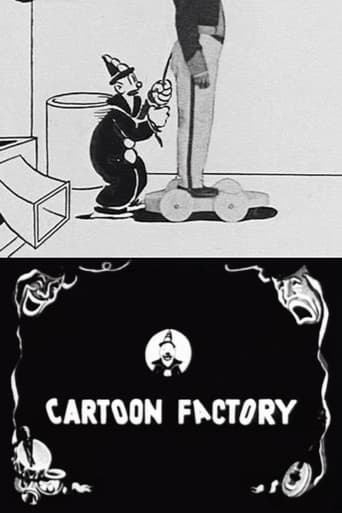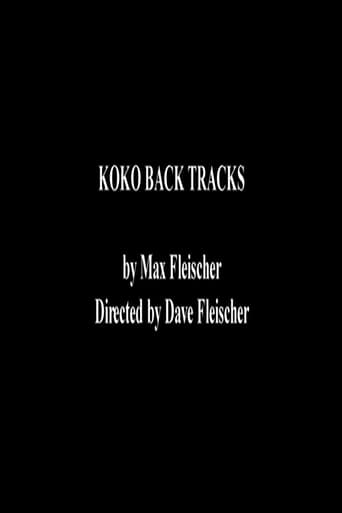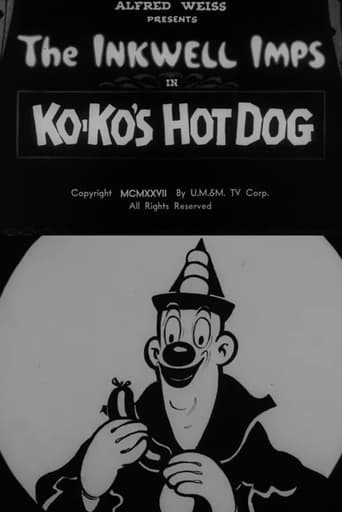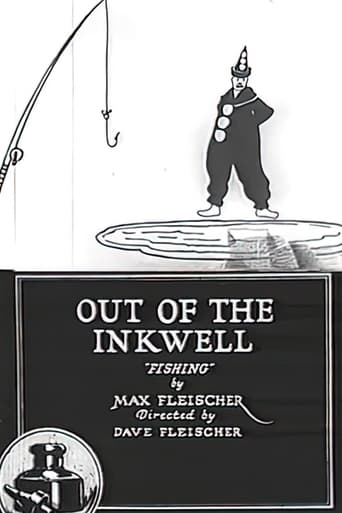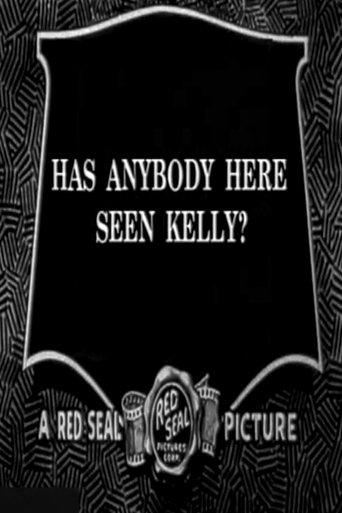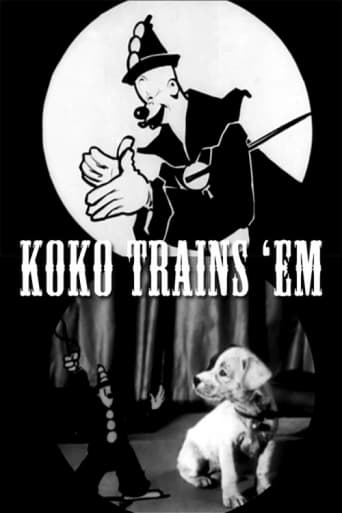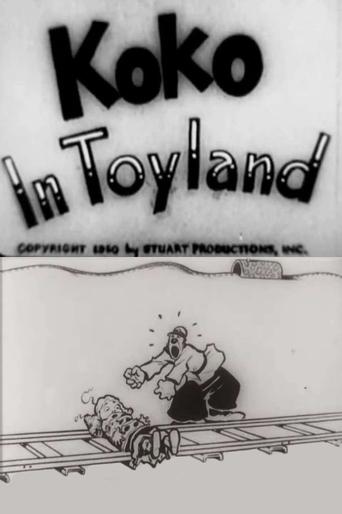Tramp, Tramp, Tramp the Boys Are Marching 1926
“Tramp, Tramp, Tramp the Boys Are Marching” features a song that dates back to the Civil War, one which was still familiar to audiences of the 1920s. The cartoon begins as Koko the Clown emerges from an inkwell-- an iconic image for animation buffs --and then steps over to a chalkboard to draw an orchestra. The band, “Koko's Glee Club,” marches to a nearby cinema (accompanied by a dog who beats cymbals with his tail) where they lead the audience in the title song. (IMDb)
